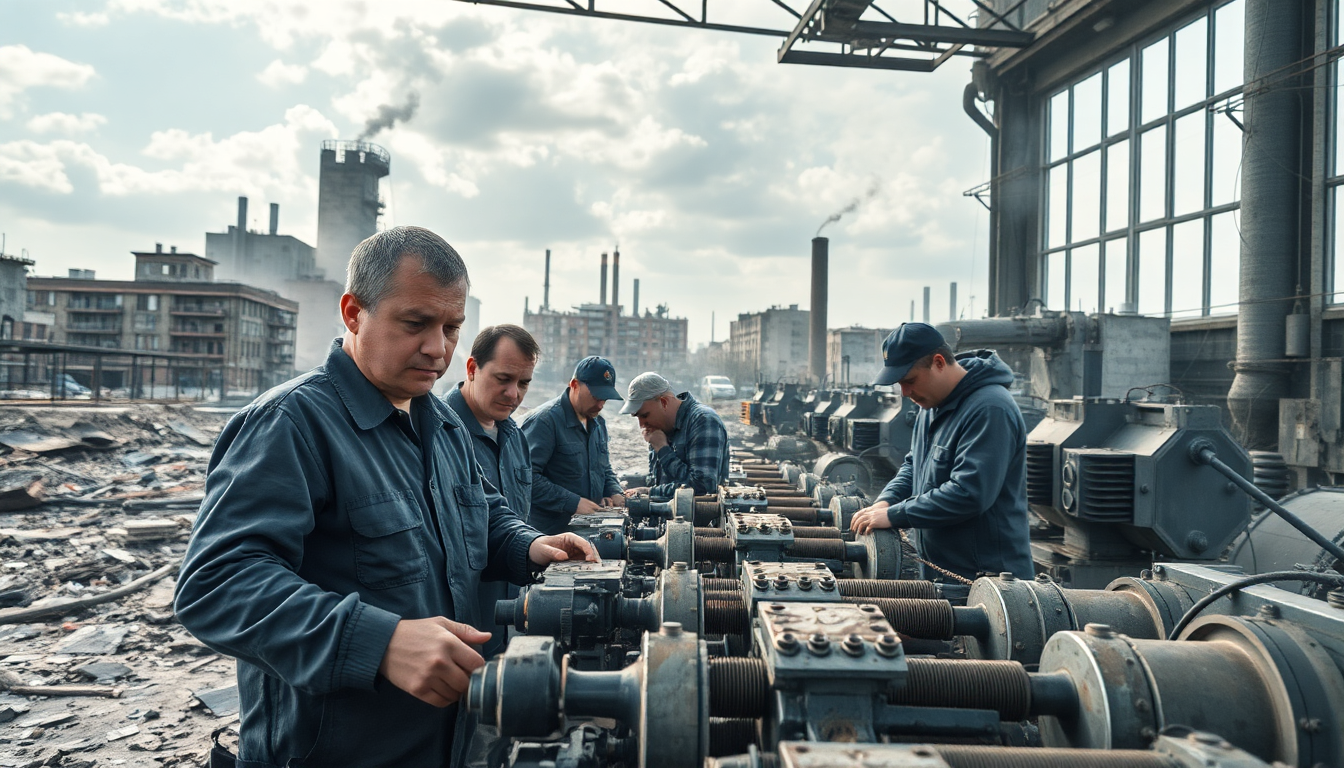Table of Contents
As the conflict in Ukraine unfolds, the situation remains critical as of July 17. Ukrainian President Volodymyr Zelenskyy has unveiled ambitious plans to boost the country’s self-sufficiency in military production. This shift towards domestic weaponry production signifies a crucial change in Ukraine’s defense strategy, reflecting an ongoing commitment to strengthen its resilience against external threats.
Ukraine’s Defense Strategy: A Shift Towards Self-Sufficiency
In a recent evening address, President Zelenskyy shared a bold vision: Ukraine aims to produce at least half of its weaponry domestically within the next six months. How significant is this? This announcement marks a pivotal turn in the nation’s defense approach, highlighting the urgent need to ramp up production capacity amid ongoing hostilities. Zelenskyy acknowledged that while the targeted production volumes are considerable, they still fall short of the requirements for comprehensive national security. This strategic move not only aims to lessen reliance on foreign arms but also to invigorate local industries. It’s a dual benefit—boosting military capability while spurring economic growth.
Historically, Ukraine has depended heavily on external suppliers for its military needs. However, as the conflict escalates, the urgency to establish a robust domestic defense manufacturing sector has intensified. By promoting local production, Ukraine seeks greater control over its military supplies, ensuring that its forces are well-equipped and prepared to tackle any threats. This initiative also opens doors for innovation and technological advancement within the country. Isn’t it fascinating how a crisis can spur creativity and self-reliance?
Current Military Landscape and Challenges
The ongoing conflict has brought numerous challenges, not just on the battlefield but also in logistics and supply chain management. As the war progresses, the ability to produce and maintain weapons domestically will be crucial. Zelenskyy’s remarks come at a time when the Ukrainian military is under continuous pressure from Russian forces, making it essential to secure a steady flow of armaments. How well can a nation defend itself if it relies too heavily on others?
Furthermore, the focus on local production signifies a broader strategic outlook. It reflects Ukraine’s determination to enhance its sovereignty and reduce vulnerability to geopolitical shifts. By investing in domestic capabilities, the nation is positioned to strengthen its defense posture, ensuring that its military can sustain prolonged operations without being overly dependent on international support. This shift is about more than just weapons; it’s about building a strong, independent future.
Looking Ahead: Implications for Ukraine and Beyond
The implications of Ukraine’s move towards self-sufficiency in military production extend far beyond its borders. As the conflict evolves, the international community is watching closely, aware that this could reshape geopolitical dynamics in the region. A more self-reliant Ukraine might alter the balance of power, prompting neighboring countries to reassess their own defense strategies. What does this mean for the future of regional security?
In conclusion, as the conflict in Ukraine progresses, the nation’s efforts to ramp up domestic weapon production stand as a testament to its resilience and strategic foresight. The coming months will be pivotal as Ukraine strives to realize these ambitions, potentially shaping the future trajectory of the conflict and regional stability. Will these changes lead to a stronger Ukraine or simply a different set of challenges? Only time will tell.


